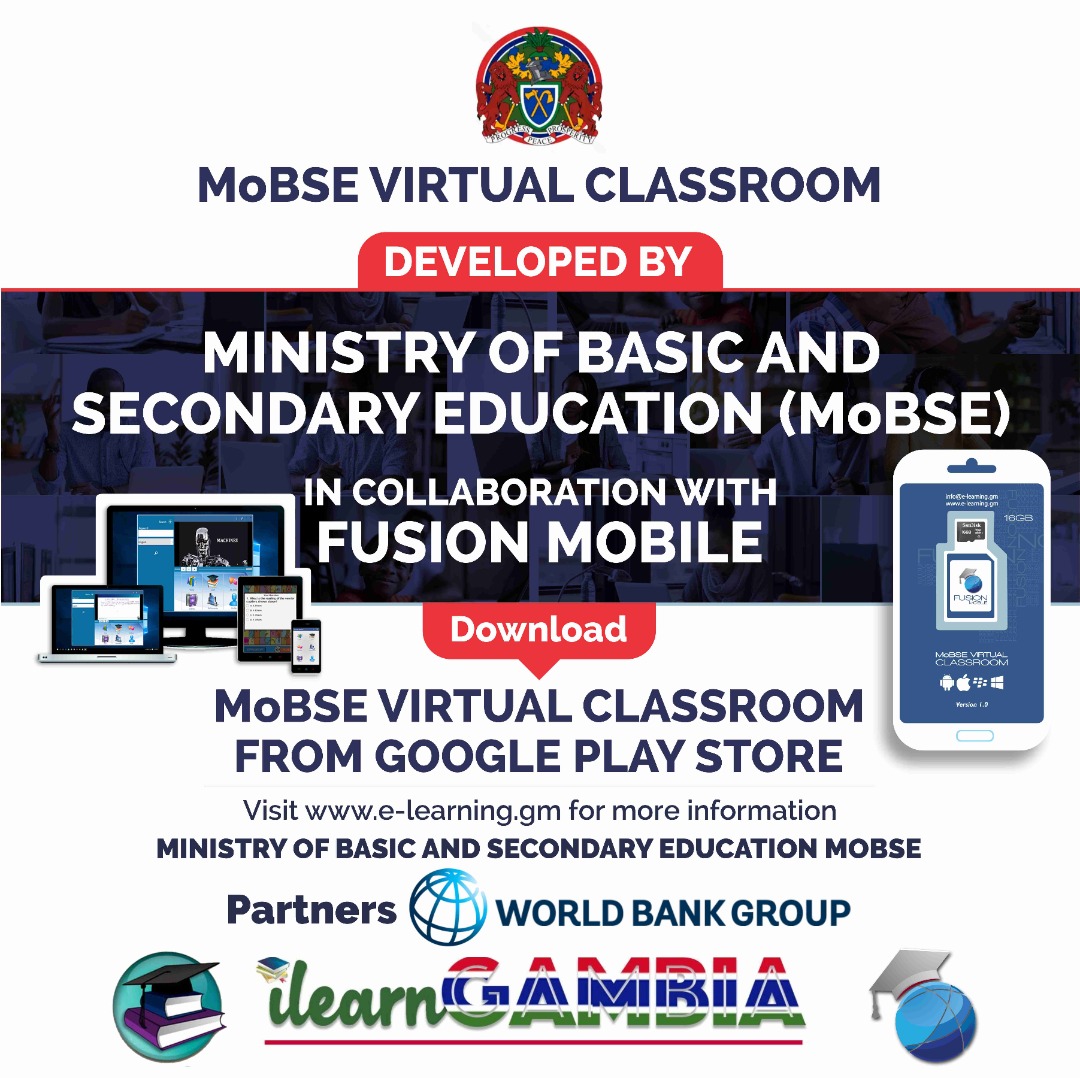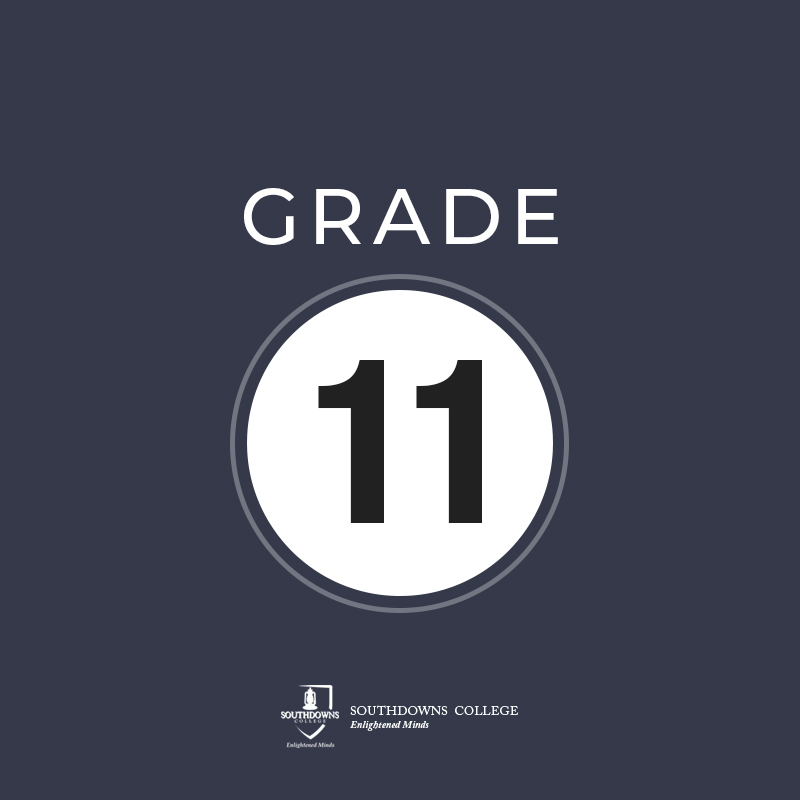Overview
Course Description
Grade 11 courses aim to foster a sense of academic curiosity and a passion for learning in students. By exploring a wide range of topics in-depth, students will broaden their knowledge base and refine their academic interests. Course objectives include promoting creativity, encouraging innovation, and nurturing a growth mindset to empower students to tackle challenges with confidence and perseverance.
What you'll learn
- In Grade 11, students can expect to delve deeper into their chosen subjects and develop a strong foundation for future academic pursuits. One of the main goals of this grade level is to enhance critical thinking skills, problem-solving abilities, and further cultivate a passion for learning. Students will be challenged to analyze complex concepts, conduct research independently, and communicate their ideas effectively through various projects and presentations.
- Another important aspect of Grade 11 courses is to foster a sense of creativity and innovation among students. They will be encouraged to think outside the box, explore different perspectives, and develop solutions to real-world problems. By engaging in hands-on activities, group discussions, and practical experiments, students will gain invaluable experience that will not only benefit their academic journey but also prepare them for future challenges in higher education and the workforce.
- Furthermore, Grade 11 courses aim to nurture leadership skills, teamwork, and a sense of responsibility in students. They will have the opportunity to collaborate with peers, take on leadership roles in group projects, and contribute meaningfully to class discussions. By honing these interpersonal skills, students will not only excel academically but also grow into well-rounded individuals ready to make a positive impact in their communities and beyond.
Requirements
- In Grade 11, students will encounter a range of course requirements that are designed to help them prepare for their future academic and career goals. The curriculum will typically include a mix of core subjects such as English, Mathematics, Science, and Social Studies, along with elective courses that allow students to explore their interests. By this stage, students are expected to demonstrate a deeper understanding of the subjects they are studying and begin to focus more on specialized areas of study.
- One important aspect of Grade 11 course requirements is the emphasis on critical thinking and analytical skills. Students will be challenged to think independently, analyze complex information, and make well-informed decisions. The coursework may involve in-depth research projects, problem-solving tasks, and opportunities to present findings in a clear and coherent manner. These skills are essential for success in higher education and the workforce.
- Additionally, Grade 11 students may have the opportunity to enroll in Advanced Placement (AP) courses or dual enrollment programs, which offer college-level coursework. These courses can provide students with a competitive edge when applying to universities and help them earn college credit while still in high school. Overall, Grade 11 course requirements serve as a bridge to higher education and assist students in developing the skills and knowledge needed for their future endeavors
Course Content
85 Lectures
CHEMISTRY
-
FIRST TERM OXIDES AND SALTS
-
FIRST TERM SALTS
-
FIRST TERM PROPERTIES OF SALT 1
-
FIRST TERM PROPERTIES OF SALT 2
ECONOMICS
-
FIRST TERM SUPPLY
-
FIRST TERM TYPES OF SUPPLY
-
FIRST TERM CHANGE IN SUPPLY 2
-
FIRST TERM CHANGE IN EQUILIBRUM SUPPLY 3
-
FIRST TERM CHANGE IN EQUILIBRUM 4
-
FIRST TREM CHANGE IN QUANTITY SUPPLY
-
SECOND TERM DETERMINATION OF EQUILIBRUM PRICE
-
SECOND TERM DEMAND
-
SECOND TERM FACTORS AFFECTING DEMAND 1
-
SECOND TERM FACTORS AFFECTING DEMAND 2
-
SECOND TERM ABNORMAL DEMAND
-
SECOND TERM INCOME ELASTICITY DEMAND
-
SECOND TERM IMPORTANCE OF ELASTICITY DEMANDS
ENGLISH LANGUAGE
-
FIRST TERM FUNCTIONS OF NOUNS
-
FIRST TERM CONCRETE NOUN 1
-
FIRST TERM CONCRETE NOUN 2
-
FIRST TERM PREPOSITION
-
FIRST TERM OBJECT OF A PREPOSITION
-
FIRST TERM COMPLEX PREPOSITION
-
SECOND TERM CONJUNCTION
-
SECOND TERM INTERJECTIONS 1
-
SECOND TERM INTERJECTIONS 2
-
THIRD TERM CLAUSES 1
-
THIRD TERM CLAUSES 2
-
THIRD TERM CLAUSES 3
-
THIRD TERM CLAUSES 4
-
THIRD TERM CLAUSES 5
-
THIRD TERM NOUN CLAUSE 1
-
THIRD TERM NOUN CLAUSE 2
-
THIRD TERM ADVERBIAL CLAUSE
-
THIRD TERM TYPES OF ADVERBIAL CLAUSE 1
-
THIRD TERM TYPES OF ADVERBIAL CLAUSE 2
-
THIRD TERM TYPES OF ADVERBIAL CLAUSE 3
-
THIRD TERM TYPES OF ADVERBIAL CLAUSE 4
-
THIRD TERM TYPES OF DEPENDENT CLAUSES
-
THIRD TERM ADJECTIVAL CLAUSE 1
-
THIRD TERM ADJECTIVAL CLAUSE 2
-
THIRD TERM ADJECTIVAL CLAUSE 3
-
THIRD TERM ADJECTIVAL PHRASE 1
-
THIRD TERM ADJECTIVAL PHRASE 2
-
THIRD TERM ADVERBIAL CLAUSE OF TIME AND MANNER
-
THIRD TERM ADVERBIAL CLAUSE OF PLACE AND CONDITION 1
-
THIRD TERM ADVERBIAL CLAUSE OF PLACE AND CONDITION 2
-
THIRD TERM ADVERBIAL CLAUSE OF PLACE AND CONDITION 3
-
THIRD TERM SUBJECT COMPLEMENT
FRENCH
-
FIRST TERM LA SANTE DECRIRE UN MALADE
-
FIRST TERM LA SANTE DECRIRE UN MALADE 2
-
SECOND TERM LES OBJETS DE LA CLASSE
GENERAL MATHEMATICS
-
FIRST TERM TRIGONOMETRIC RATIOTRIGONOMETRIC RATIO
-
FIRST TERM APPLICATIONS OF TRIGONOMETRIC RATIO 1
-
FIRST TERM APPLICATIONS OF TRIGONOMETRIC RATIO 2
-
FIRST TERM APPLICATIONS OF TRIGONOMETRIC RATIO 3
-
SECOND TERM TRAPEZIUM 1
-
SECOND TERM TRAPEZIUM 2
-
SECOND TERM RHOMBUS CONSTRUCTION 1
-
SECOND TERM RHOMBUS CONSTRUCTION 2
-
SECOND TERM CONSTRUCTION OF LOCI
HISTORY
-
FIRST TERM THE AKU 1
-
FIRST TERM THE AKU 2
-
FIRST TERM THE JOLA
-
SECOND TERM THE FULA ORIGIN 1
-
SECOND TERM FULA ORIGIN 2
-
THIRD TERM THE MANDIKA ORIGIN AND MIGRATION
-
THIRD TERM WOLLOF ORIGIN 1
-
THIRD TERM WOLLOF ORIGIN 2
LITERATURE IN ENGLISH
-
FIRST TERM DRAMA
-
FIRST TERM DRAMATIC TERMINOLOGIES
-
FIRST TERM ELEMENTS OF DRAMA 1
-
FIRST TERM ELEMENTS OF DRAMA 2
-
FIRST TERM ELEMENTS OF DRAMA 3
-
FIRST TERM ELEMENTS OF DRAMA 4
-
SECOND TERM POETRY 1
-
SECOND TERM POETRY 2
-
SECOND TERM POETRY 3
PHYSICS
-
FIRST TERM SOURCE OF SOUND 1
-
FIRST TERM SOURCE OF SOUND 2
-
SECOND TERM ELECTROSTATICS ELECTRIC CHARGE AND FORCE
-
SECOND TERM PHOTO ELECTRIC EFFECT 1
-
SECOND TERM PHOTO ELECTRIC EFFECT 2
-
THIRD TERM CONDUCTION IN SOLIDS
-
THIRD TERM CHARGING BY CONDUCTION
About the instructor
STED MoBSE The Gambia
iLearn Gambia
All lessons on this platform are developed by experienced teachers from various Basic and Secondary Schools under the Ministry of Basic and Secondary Education (MoBSE). Each lesson is carefully designed to support your learning needs and align with national curriculum standards.
We encourage you to enrol and share your feedback to help us continuously improve future lessons.
For further inquiries, please contact the Science and Technology Education Directorate (STED), Ministry of Basic and Secondary Education.
At the end of each lesson, learners should be able to demonstrate understanding and apply the concepts covered.

